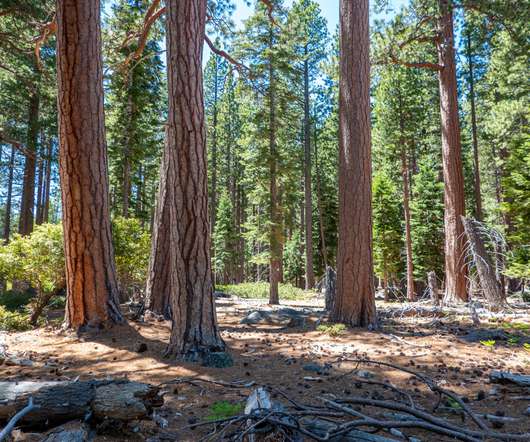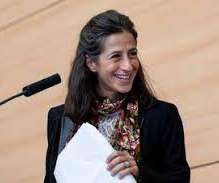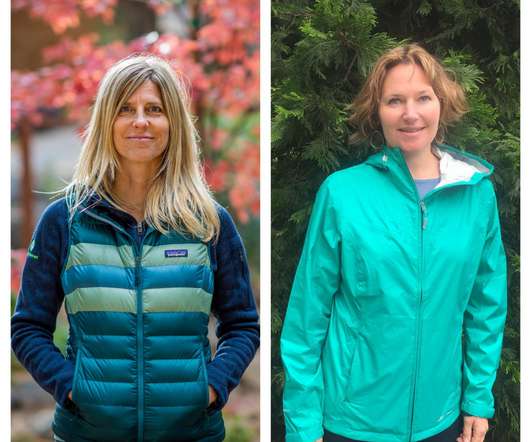Cisco Foundation Grantee Uses Data To Fight Climate Change and Rebuild Healthy Forests
3BL Media
AUGUST 9, 2022
Their team is comprised of elite tech industry product managers, software engineers, and data scientists, along with remote-sensing experts, foresters, ecologists, and academics all united by one purpose – to mitigate the devastating impacts of climate change on our planet and our people. Once I saw what was needed, I couldn’t not do it.












Let's personalize your content